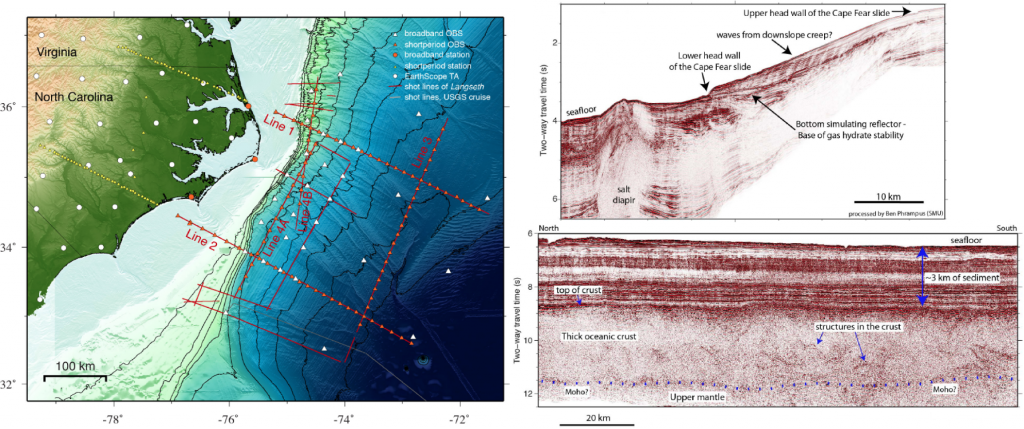Colleagues:
We just received news from NSF that they will be funding the workshop in Taiwan, which is great news! Since we just got the official notice, we’ve also decided to extend the application deadline to March 6th.
Looking forward to seeing you in Taiwan,
Tim and Jian-Cheng
Feedbacks and coupling Among Climate, Erosion, and Tectonics during mountain building
Thursday, May 28–Tuesday, June 2, 2015
Taipei, Taiwan
Over the past 25 years, tremendous advances have occurred in understanding the linkages among climate, surface processes, and tectonics. The purpose of this workshop is to take stock of these advances, to identify the challenges that remain, and to set the stage for the next generation of research efforts. The overarching goals are to:
– Assess the current state of understanding of the linkages among climate, tectonics, and landscape evolution.
– Identify research goals that capitalize on interdisciplinary approaches to advance that understanding at a range of spatial and temporal scales.
– Discuss and articulate strategies for the implementation of the research goals.
– Encourage new collaborations between U.S. and Taiwan scientists, and engage early-career researchers.
The lectures and poster presentations associated with the workshop are open to the public. Financial support for international and domestic travel, housing, meals, and field trip expenses, however, is limited to 75 scientists by application, pending support from funding agencies. Groups underrepresented in STEM fields (women, underrepresented minorities, and persons with disabilities) and early-career scientists (students, post-docs, and pre-tenure faculty) are especially encouraged to apply.
Application Deadline: March 6, 2015 (for U.S. participants); March 31, 2015 (for Taiwan participants).
The workshop web site is now active and provides more information about the application process:

